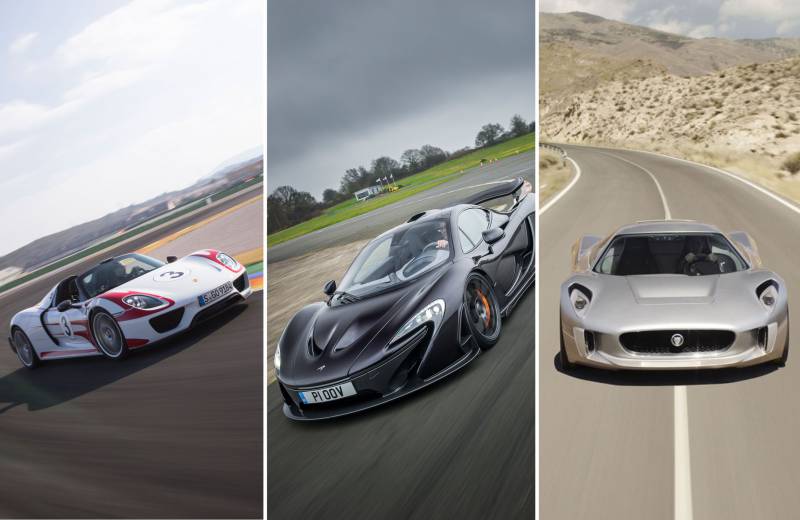The Evolution of the Super Car and Top Projectors
A supercar is a very expensive and high-performance sports car or grand tourer. The term is used in marketing by automakers for unusual, high-end vehicles, and has been used to refer to at least four different sorts of cars:
• Limited-production specials from an “elite” automaker
• Standard-looking cars modified for power and performance
• Models that appeal to enthusiasts, from smaller manufacturers
• One-of-a-kind “showcase” project vehicles built by custom car retrofitters (usually extensively modified collectible muscle cars or grand tourers updated to the latest “street-able” racing technology).
The word supercar later came to mean a “GT” or grand touring type of car. By the 1970s and 1980s, the phrase was in regular use, if not precisely defined.
During the late 20th century, the term supercar was used to describe “a very expensive, fast or powerful car with a centrally located engine,” and stated in more general terms:, “it must be very fast, with sporting handling to match,” “it should be sleek and eye-catching,” and its price should be “one in a rarefied atmosphere of its own.” The supercar term has also been applied to technologically advanced vehicles using new fuel sources, power plants, aerodynamics, and lightweight materials.
Though video projectors did not following this exact pattern, I did find some similarities; for one, they were derived from a demand for a “wow” factor. Someone said, “The bigger the image I can produce, the more powerful my presentation will be and the impact of what I want to communicate will reach more people. Price will be no object.” This was said to me by a major car manufacturer, in not so many words, but it was clear they wanted to make an impression on the launch of their new model.
Here are some other similarities:
• The Power Plants: These units need to power up a lamp that will generate brilliant light. The evolution for this has come from a light bulb, lamp cartridge, hybrid to a now termed “solid state lighting” like laser, LED or “lamp-less” projectors. Though this is not widely received by end users, nevertheless it is evolution in action. I’ll discuss this further in my next blog post.
• You’ve heard the phrase, “bigger is better.” In the case of video projectors, this phrase does not always apply. Fifteen years ago you’d have to settle for a 20lb projector and now you can get a better performing unit which weighs in at 3lbs. Lighter weight material and smaller components have made the Traveling Presenter truly mobile.
• Cost of Ownership. No these units are not one-of-a-kind or showcase project vehicles, nor do they go 240 miles per hour, though some are engineered to perfection.
Here are my Top Three Projectors Perfect for Every Occasion, including conference rooms, classrooms, and churches, with the most brightness and HD compatibility for today’s users.
1. Proxima Displays C5 Series: 5000:1 contrast ratio, 5000 lumens, 1280 X 800 Resolution $1599
2. BENQ M7 Series: 11000:1 contrast, 4000 lumens, dual HDMI, 1920 X1080 Resolution $2299
3. Eiki HDT Series: 2700:1 Contrast Ratio, 7000 Lumens, Variety of Lenses, 1920 X 1080 Res $7,995
Providing the very best for your future AV needs,



